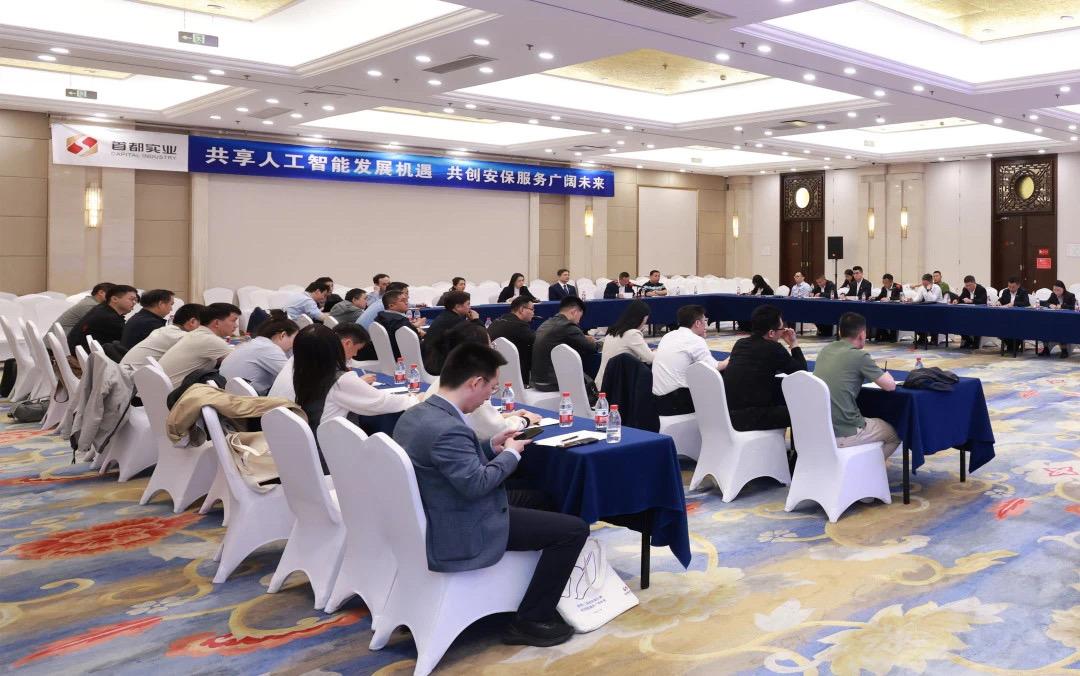Scientific Management Guarding Yangtze River
An aerial view?of the scenery of Xiling Gorge, one of the Three Gorges on the Yangtze River, in central China's Hubei province. (PHOTO: XINHUA)
By?LU?Zijian
The Yangtze River is regarded as China's mother river, and much effort has been made in the past to protect its ecology, with a particular focus on its water quality. That effort has led to good results.
According to the Ministry of Ecology and Environment (MEE), from January to May, 94 percent of the water quality at the monitored sections along the Yangtze River Economic Belt reached Grade III or above in China's five-tier system, and the water quality of all the main streams of the Yangtze River remained Grade II for three consecutive years.
Such achievements wouldn't have been possible without the collected efforts from different aspects.
Technical treatment of waste water
To keep the Yangtze River clear and clean, an unavoidable challenge is waste water treatment. There are many treatment plants along the Yangtze River Economic Belt, including in towns and villages.
Of all the plants, a waste water treatment concept plant in Yixing, east China's Jiangsu province, stands out with its advanced technologies and rapid processing time.
Compared with traditional plants which tend to use conventional activated sludge, this concept plant adopted highly advanced techniques such as an autotrophic denitrification process utilizing a membrane bioreactor, which can effectively remove organic materials, nutrients containing nitrogen and phosphorus, as well as emerging pollutants that are difficult to degrade.
Supported by such high tech measures, the content of nitrogen can reach less than 3 mg and orthophosphate less than 0.1 mg per liter in the treated water, and 80 percent of the emerging pollutants will be removed.
Part of the treated water will be processed further to reach the national standard for drinking water, realizing the "rebirth" of clear water. People can drink the purified water directly, use it to make coffee or even brew wine, according to the concept plant.
In addition, with a capacity of treating 20,000 tons of waste water, the concept plant is also highly efficient by adopting a relatively short process without compromising the quality.
Smart management of water in cities
Previously, waste water treatment operated independently from water supply and discharge, which made the water management expensive and ineffective.
The China Three Gorges Corporation (CTG), a pioneer in conserving the ecology of the Yangtze River, developed a smart regulating and control system that incorporates the entire water ecology of a city, including water supply, discharge and waste water treatment.
This kind of smart system is nicknamed the "water butler," and well practiced in Lu'an, east China's Anhui province.The key part of the system lies in managing every drop of city water on the cloud. In Lu'an, all rivers, pipe networks, water purification plants, sluices and pumping stations are connected via a smart mode.
Thus, the system can adjust the waste water treatment tasks based on the capacities of different regions to avoid direct discharge of waste water. Remote control for any valve in the biochemic treatment facilities of the water purification plant in the northern part of the city is also just a click away.
With the help of the system, the centralized collection rate of urban domestic sewage increased from 44.8 percent to 67.72 percent for the past three years, and the waste water treatment capacity soared from 185,000 tons to 415,000 tons per day.
A combination of collective effort
To protect the Yangtze River, relying on a single city or even province is never enough, and joint efforts from the Yangtze River Economic Belt, which covers nine provinces and two municipalities, and the country as a whole, is absolutely essential.
Expanding the application of the "water butler" system is a good example. The Yangtze Ecology and Environment Co., Ltd. (YEEC), a subsidiary of CTG, has signed cooperation agreements of the system with over 20 cities and counties along the Yangtze River.
Exploring the marketization of waste water treatment is another important approach. YEEC introduced different business models accordingly in cities along the Yangtze River Economic Belt, based on the guideline issued by the National Development and Reform Commission (NDRC) and other departments in 2020.
For example, in Yichang, central China's Hubei province, the payment for waste water treatment is made based on the assessment of the total amount of pollutants treated, and a portion of the payment will be used for the construction of pipe network.
A specific law on Yangtze River protection took effect on March 1, 2021, providing the overall planning and coordination of Yangtze River protection with a legal base.
Last September, an action plan on strengthening the conservation of the Yangtze River was jointly issued by 17 government bodies, including MEE and NDRC, which offered more guidance and support to pollution control of the river.
Liu Youbin, spokesperson of MEE, said at a press conference in June, that MEE will steadily conduct the pilot for water ecology assessment along the Yangtze River basin, guide the local governments to fulfill their responsibilities of protecting the water ecology, and promote the continuous improvement of the aquatic ecological environment along the Yangtze River basin.







